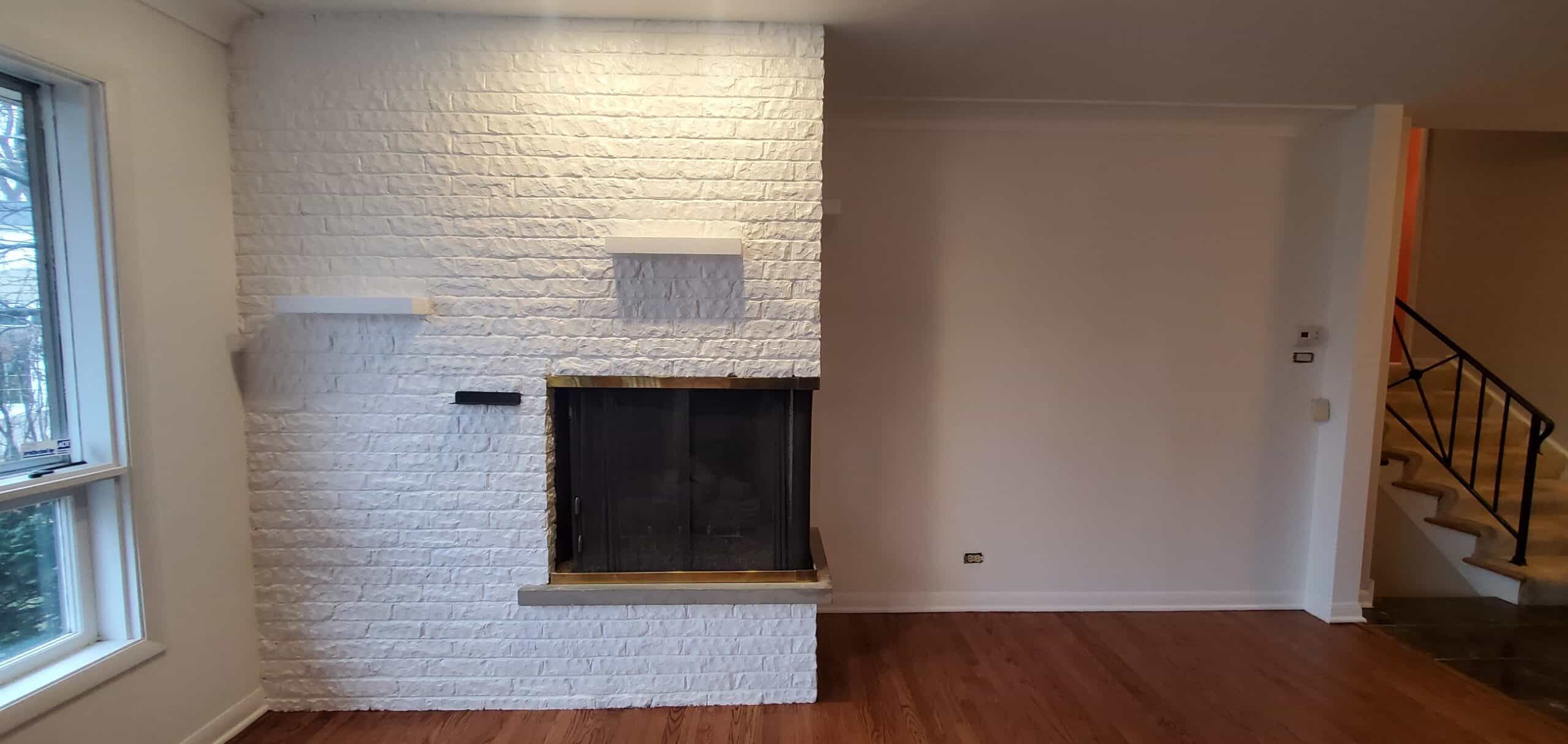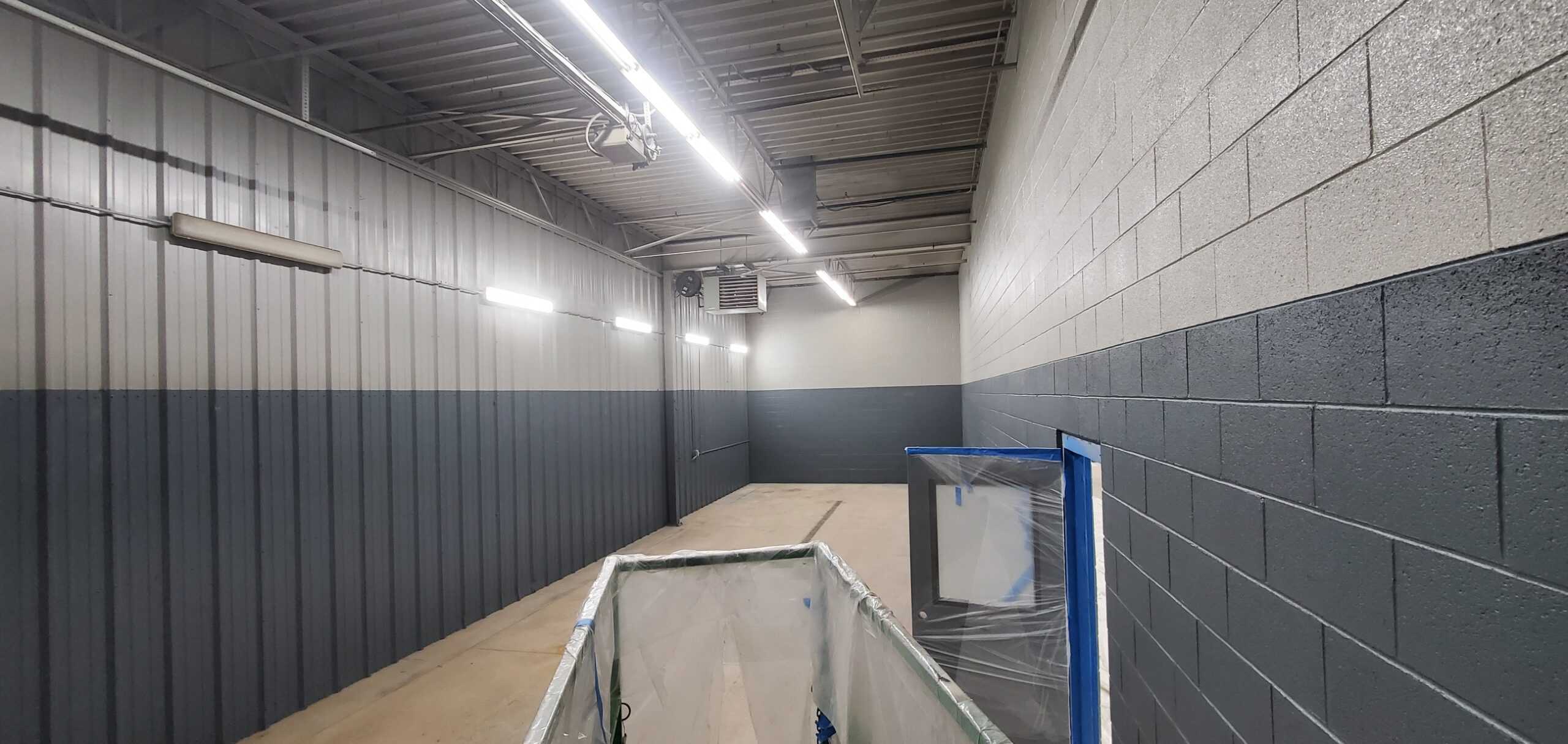You’ve got a fence that’s either brand new or one that’s seen a few too many seasons. Now comes the big question every homeowner eventually asks: should I paint or stain my fence?
It’s not just about looks. The choice affects how long your fence lasts, how much maintenance you’ll deal with, and even how well it stands up to rain, snow, and summer heat.
Paint covers the surface, giving you unlimited color options, while stain sinks into the wood, highlighting its natural grain and adding protection from the inside out.
Both options can make a huge difference in your yard’s overall appearance and in the longevity of your fence. Let’s explore what paint and stain really bring to the table so you can decide which one makes the most sense for your fence in Plymouth, MI.
Key Takeaways:
- Stain enhances wood grain, resists moisture, and wears more naturally over time.
- Paint offers endless color choices but requires primer and more prep work.
- Plymouth’s wet winters and hot summers affect how long each finish lasts.
- Stain often needs reapplying every 3 years, while paint can last 5–6 years.
- Deck painters in Plymouth, MI can match your fence finish with decks or outdoor wood.

Paint or Stain My Fence: What Really Matters
When deciding whether to paint or stain your fence, think beyond the surface look. Both finishes protect against moisture, mildew, and sun damage. Paint sits on top of the lumber, while stain soaks into the wood. That simple difference impacts everything from longevity to the way your fence handles pressure from snow, rain, or even your garden hose.
How Long Will It Last?
Stain is often praised for its staying power. A quality wood stain typically needs to be reapplied every three years, and it wears gradually, fading instead of blistering or peeling. Paint, on the other hand, can stretch five to six years between reapplications, but when it starts to fail, you’ll notice peeling, cracking, or bubbling.
Plymouth’s climate brings its share of moisture and winter freeze, which can be tough on painted surfaces. Stain tends to flex with the wood as it expands and contracts, while paint forms a rigid coat. That’s why many homeowners choose stain when they want less visible wear and a finish that still looks natural.
Maintenance Over Time
Keeping your fence looking good is about more than just the first coat. Paint requires more prep work when it’s time for a refresh. Old paint usually needs to be sanded or stripped, and primer coats may be necessary to give the next gallon the right adhesion. Stain, by contrast, usually only requires a thorough pressure washing before reapplying.
If your wooden fence already has mold or mildew, a cleaning solution followed by sanding may be needed before any new coat. Primer coats come into play for paint projects, while stain can go directly onto the cleaned lumber.
How Do They Look?
Color is often the deciding factor. Paint offers an endless spectrum, from crisp whites to bold blues, giving you flexibility if you want your fence to stand out. Stain enhances the natural wood grain, whether it’s cedar, pine, or another exterior wood.
Solid stains now come in a wide range of hues that mimic the appearance of paint, but semi-transparent and clear stains highlight the grain for a more natural look. In Plymouth, MI neighborhoods, you’ll see both: picket fences in traditional white and modern cedar fences with rich, earthy stains.
If you’re after a specific aesthetic, paint gives you more pigment options. If you prefer to keep the natural look of the lumber intact, stain is the winner.
Fence Material and Surface Prep
Not all wood fences react the same way to finishes:
- Cedar: Best left stained or treated with an oil-based product. Paint can shorten its lifespan.
- Pressure-treated lumber: Accepts both paint and stain, but requires time to dry out before finishing.
- Rough sawn wood: Absorbs oil-based stains easily but will need heavy sanding to accept paint.
This is where professional prep makes a difference. Pressure washing, sanding with sandpaper, and proper surface repairs determine whether your fence holds its finish or starts to fail after the first season.
Weather and Climate in Plymouth, MI
Local climate should always be part of the decision. With wet springs and cold winters, fences in Plymouth face constant water and freeze-thaw cycles. Moisture that seeps under paint can cause blistering or peeling. Stain, especially oil-based versions, penetrates the wood to protect from the inside out, helping resist mold and mildew.
Paint still performs well with the right prep and multiple coats, but professional fence installation paired with staining tends to offer longer-lasting protection in Michigan’s conditions.
Cost Breakdown
While paint might seem less expensive upfront, costs balance out. Paint requires primer, multiple coats, and more gallons per project. Stain may cost more per gallon, but you’ll often need less product and less prep over time.
When comparing costs, factor in:
- Gallons required for coverage
- Additional supplies like primer, brushes, and sprayers
- Frequency of reapplication
- Long-term maintenance
Whether you choose paint or stain, the real investment is in the fence’s longevity. Quality products like Behr and other trusted brands paired with professional application keep your fence looking sharp for years.
Application Differences
Applying paint or stain isn’t just about the product—it’s about technique.
- Paint often needs primer, two coats, and careful application with a brush, roller, or sprayer.
- Stain can be applied more quickly with a sprayer, and its thinner texture makes it easier for the wood to absorb.
For fences with rough textures or older wood, stain tends to look more consistent. Painted fences, however, can hide imperfections better if the lumber has wear or discoloration.
If you’re debating between a sprayer or roller, see our breakdown in roller painting vs spray painting, which compares efficiency, coverage, and finish quality.

Beyond the Fence: Decks and Exterior Wood
This same decision applies to decks, pergolas, and even outdoor furniture. Deck painters in Plymouth, MI use many of the same techniques on decks as on fences. Decks face even more wear from foot traffic, water, and direct sunlight, so stain often wins for longevity and natural aesthetics.
If you’re comparing options for other outdoor wood projects, our blog on exterior paint types helps explain where each finish performs best.
Long-Term Protection and Sealants
Both stain and paint protect your fence, but sealants add another layer of defense. Oil-based stains often act as both colorant and sealant, helping resist water. For painted fences, a quality primer and multiple coats form a strong barrier, but sealants can still help against heavy rainfall and prevent water damage.
If you’re unsure how much product you’ll need for your fence or deck, check out our paint calculator to get a better idea of gallons per project.
Customizing Color and Aesthetics
Paint lets you go bold, but stain offers warmth and texture. Your fence doesn’t just serve a function; it adds curb appeal, defines property lines, and frames your landscaping. Homeowners who value natural aesthetics often choose stain, while those looking for a standout color pick paint.
For wooden fences, choosing between paint or stain is as much about personal taste as it is about protection. The right color or natural grain can elevate the entire look of your exterior space.
Making the Best Choice for Your Fence
If you’re still asking, should I paint or stain my fence, the answer depends on your priorities:
- For rich, natural wood grain and less prep, stain is the better fit.
- For bold color options and a polished finish, paint is the way to go.
In Plymouth’s climate, both protect your fence from moisture, mildew, and wear, but stain often handles freeze-thaw cycles more gracefully.
At J&B Painting, we bring expertise in fence and deck finishes to help you get the best balance of style, durability, and maintenance. Our team offers tailored solutions, from choosing the right brand and pigment to handling prep work like pressure washing, sanding, and sealing.
If you’re ready to make your fence stand out in Farmington, Commerce, Westland, and the surrounding areas, call us at 248-629-2458 for a FREE estimate today.




